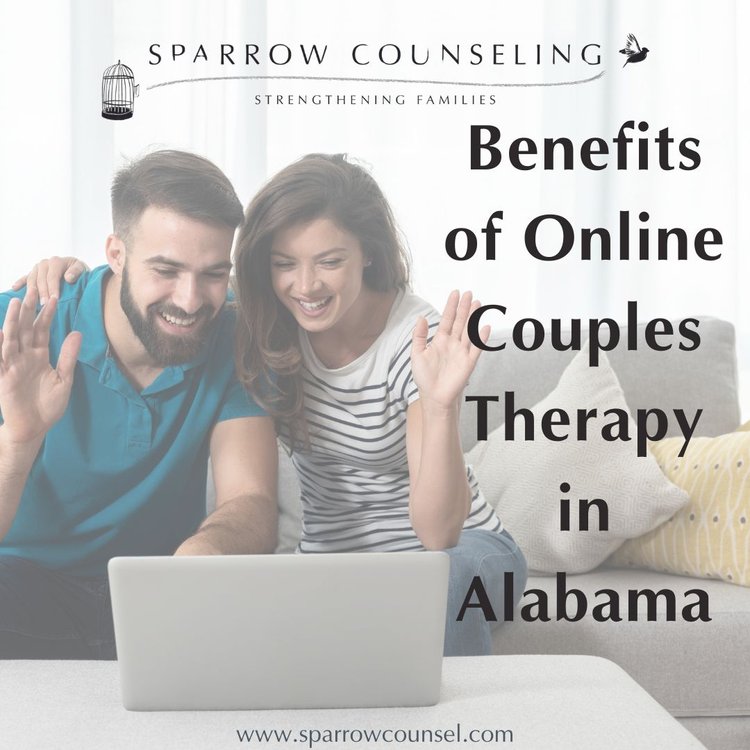Indicators on Aim Point Counseling You Need To Know
Indicators on Aim Point Counseling You Need To Know
Blog Article
Not known Facts About Aim Point Counseling
Table of Contents9 Easy Facts About Aim Point Counseling DescribedFascination About Aim Point CounselingThe Single Strategy To Use For Aim Point CounselingThe Definitive Guide for Aim Point CounselingThings about Aim Point CounselingAim Point Counseling Things To Know Before You Buy
The longitudinal layout includes a pre-treatment survey and two follow-up studies at 3- and 12-months post-intervention. The research study is embeded in eight Relationships Australia Victoria centres, across urban, external suburban areas, and regional/rural websites. Relationships Australia, a non-government organisation, is the biggest service provider of pair counselling and partnership solutions in Australia.
In Australia, the typical size of marital relationship before separation is 8.8 years, and roughly fifty percent of all divorces include pairs with children [1] These high prices of relationship malfunction have actually been continually linked with adverse health consequences for both adults and kids complying with divorce/separation. These consist of seclusion from assistance networks, and lowered revenue and requirement of living for both adults and children [3], issues of loyalty over children for guys, and anxiety and loss of identity for women [4,5]
The Only Guide to Aim Point Counseling
The effects of separation and separation can be destructive, research study shows that high relationship dissonance in intact couples is additionally likely to have unfavorable results.
Research study to date has determined both pair and specific variables that might add to partnership dissonance. These consist of connection contentment and dedication at the pair level, and depression at the specific degree.
The 8-Second Trick For Aim Point Counseling
Connection fulfillment has been the most usual result variable determined in more than 200 analyses of pair counselling [11,12] Studies have actually discovered significant renovations in connection complete satisfaction from pre- to post-treatment [13,14] and over the course of one to 2 years complying with counselling [15] In these researches, connection satisfaction was most regularly examined utilizing the Dyadic Change Scale (DAS) [16] While most studies suggest renovations in partnership satisfaction following couple therapy, they are restricted by the examples and actions used, largely short-term follow-up time frameworks, and analyses that do not account for the dyadic nature of couple data., is another typically examined connection result.
To summarise, research study suggests that couple-specific variables in addition to individual aspects might anticipate the results of couple therapy and connection services. The causal direction of these partnerships, nonetheless, is much less clear. These observations are essential, considering that, to justify and lead the application of partnership solutions such as pair therapy, empirical evidence must discover both the end results of connection services and the elements that predict effective treatment.
As a result, there is an expanding consensus that efficacy researches must be complemented by efficiency research to best educate professional method [ 29] The limited performance research study that exists to date recommends that couple coaching can enhance outcomes such as partnership complete satisfaction [33,43], communication skills and basic wellness [44], a minimum of in some European nations.

We presently know little regarding the accounts of couples that look for out connection education and learning compared with those who look for partnership coaching, or the results of these programs. Anecdotal evidence suggests that there may be substantial distress amongst at least some pairs seeking relationship education and learning. Partnership education programs differ from couple coaching as they are generally extremely structured, performed in teams, and concentrate on a mix of four components; recognition, feedback, cognitive modification, and skills training [45]
Getting The Aim Point Counseling To Work
Comments involves individuals finishing surveys about their partnership (e.g. procedures of interpersonal problems), and obtaining info on what their scores suggest. Cognitive-behavioural methods advertise transforming cognitions to promote positive partnerships. These may include advertising reasonable attributions/expectations around adverse companion behaviour [46] In skills training, pairs attend talks or presentations on partnership skills, and practice these during facilitator-led tasks [ 45]
These meta-analyses highlight limitations in the present literature on connection education and learning. This example account might not stand for customers who usually provide for partnership education.
A Biased View of Aim Point Counseling

Really little research study has analyzed the comparative advantages of pair counselling and partnership education and learning programs. As customers are most likely to self-select into these solution types, it is not clear whether particular connection distress profiles existing to every solution kind, or certainly whether there is a communication between presenting account, service kind and result.
(http://www.askmap.net/location/7289669/usa/aim-point-counseling)
Therefore, we have actually included a 12-month follow-up to gauge longer-term patterns and impacts. The research study uses a number of standard end result procedures considering that some prior investigations have actually been criticised for their absence of standardised analysis [50] Lastly, using statistical analyses that think freedom of data, such as t-tests, or ANOVAs, has actually prevailed in previous research studies [ 44,49]
We propose to make use of multi-level analytical modelling treatments that regulate for the inter-dependence of couple data to examine any type of therapy impacts. The specific purposes of the ECC study are to: 1. Map accounts of clients looking for community agency-based pair counselling vs. connection enhancement programs in regards to socio-demographic and relationship signs (such as webpage partnership fulfillment, relationship dedication, interpersonal problems, and factors for attending), in addition to health (such as anxiety, basic wellness) and wellness service use (eg.
2. Establish whether couple therapy and connection education services improve three- and twelve-month end results for connection contentment, commitment, and clinical depression, using statistical analyses ideal to couple data. 3. Figure out the relative contributions of client elements (private and pair) and therapy/education variables to outcomes at 3- and 12-months, and to sustainability of outcomes with time.
Excitement About Aim Point Counseling
Multi-level modelling to determine pre-post distinctions, managing for dyadic (couple) degree. To add to the literature analyzing the performance of community-based couple coaching. The results will aid medical decision-making in community-based relationship solution settings, and expert training. 3. To determine the loved one contributions of client/couple and treatment elements to end results at 3- and 12-months, and to sustainability of results over time.
Report this page